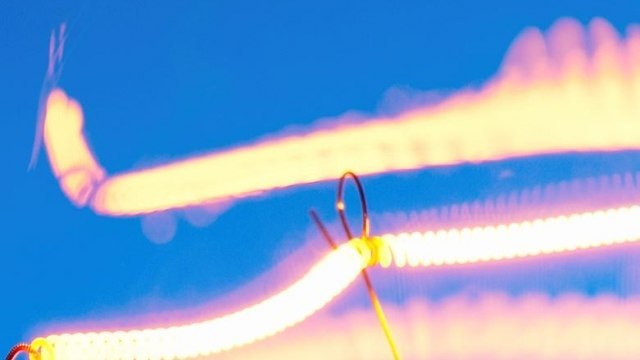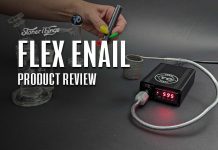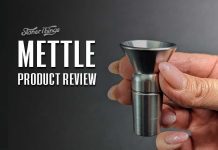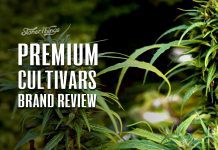Apart from nutrients, possibly the most important element in ensuring is quality grow is lighting. Good lighting can help your plant reach its full potential and maximize your yield. Conversely, inadequate or inappropriate lighting will limit your yield and possibly even place your plants in jeopardy.
There are four basic types of lighting that can be used for growing and flowering:
- High Intensity Discharge (HID)
- Fluorescent
- Incandescent
- LED
High Intensity Discharge (HID)
HID lighting is one of the most efficient types of light you can use for growing cannabis. HID lights come in two varieties:
- Metal halide (MH)
- High pressure sodium (HPS)
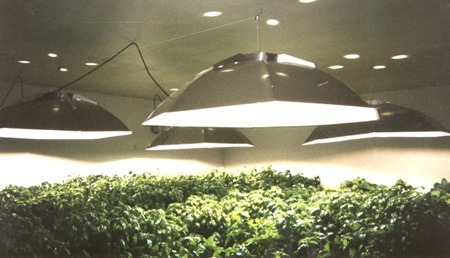
Metal halide is ideally suited for growing because the light that it produces is in the blue end of the spectrum. Aside from encouraging leaf growth, this type of light also results in more compact plants. If natural light is not an option, metal halide is the best choice for an indoor grow. Keep in mind that metal halide bulbs have an estimated life of 10,000 hours (cumulative), and that the quality of light produced declines rapidly from this point on, making it less suitable for growing.
High pressure sodium lights produce an orange-red hue. This type of light is better suited for the flowering stage, when it triggers hormones in the plant that increase the production of buds/flowers. If you do have access to natural light, or if you intend to use metal halide lights as your primary light source, HPS lights make a great choice for a secondary light. Although these lights are fairly efficient and have a longer lifespan than metal halide lights, they being to draw more electricity and produce less light after passing their estimated lifespan (typically 18,000 hours).
Fluorescent
Fluorescent lights are best suited for sprouts and seedlings. They can also be used for much of the vegetative stage of growth, and many marijuana growers have even used them successfully for flowering. It is important to note that fluorescent lights are relatively low-intensity, and you will have to place them very close to your plants in order for them to work. Most experts recommend placing them within eight inches of your plants, although you can place them much closer for even better results.
Incandescent
Incandescent are also suitable for starting plants and lighting them during the seedling stage. Because they do not require ballasts, incandescent lights are often used as an inexpensive substitute for HID lights. However, they are less suitable for lighting several plants due to their limited range and low lumen output.
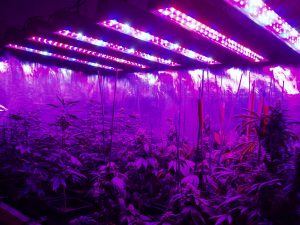

LED
It was only recently that LED lights have been considered suitable for growing purposes. For many years, the low output and low quality of these lights have made them unsuitable for growing applications. With the development of more efficient LED lighting systems however, they have become quite popular among growers. Among the advantages of LED light are the elimination of unnecessary yellow lights, and the use of light wavelengths that are actually more beneficial to plants. They also consume less energy than HPS lighting systems, making them the more cost-effective option.








